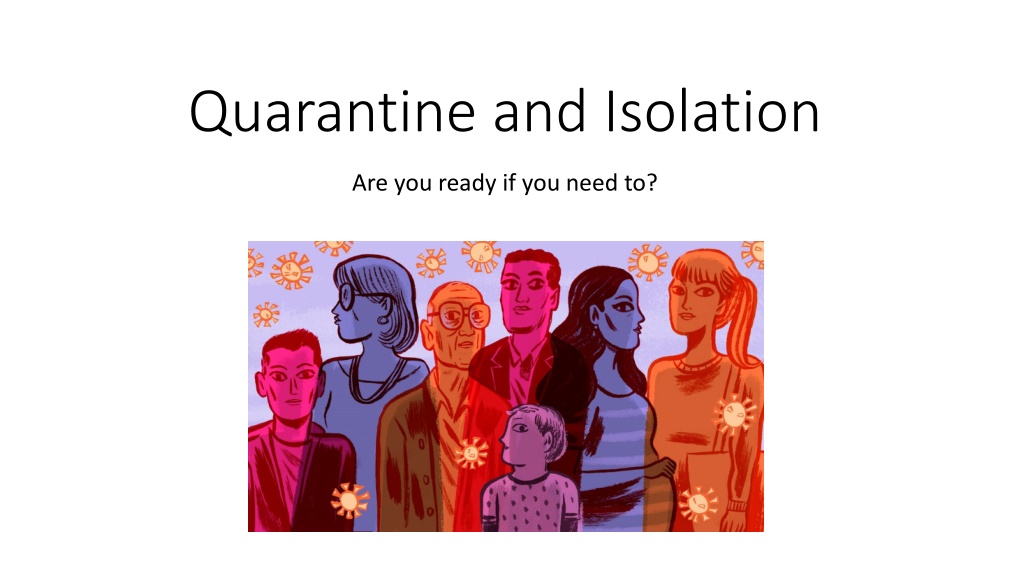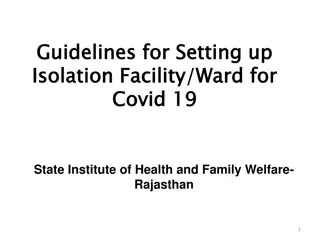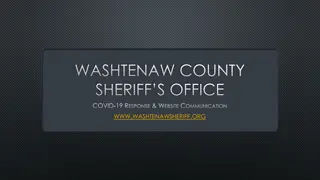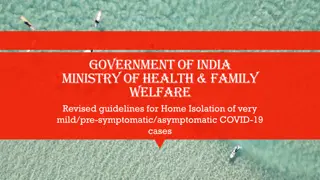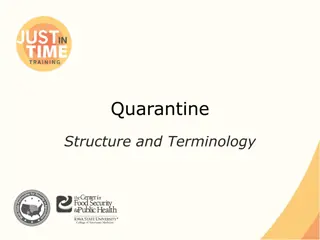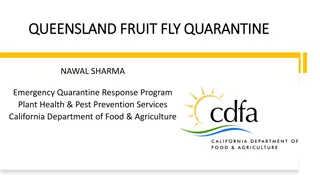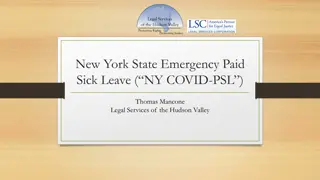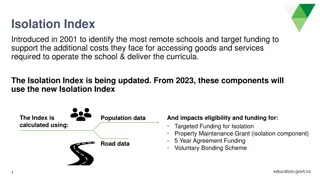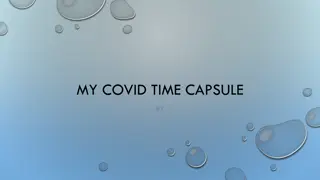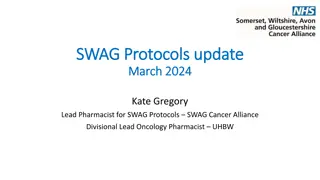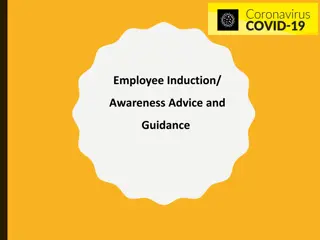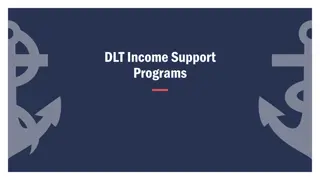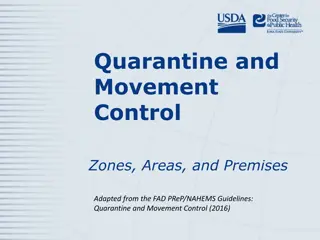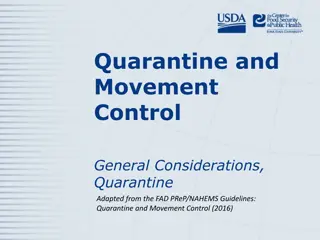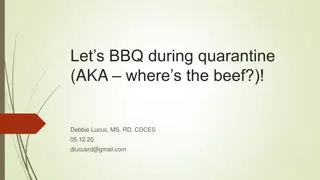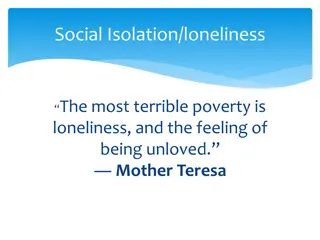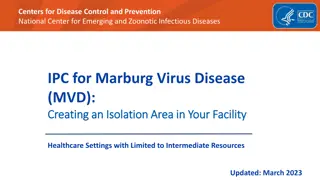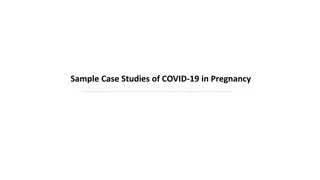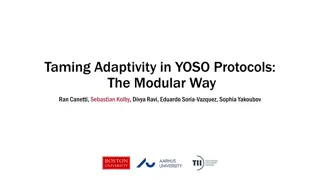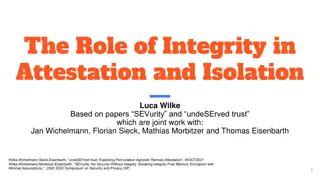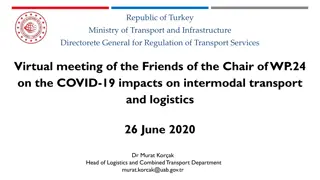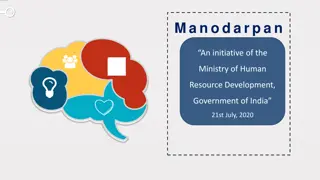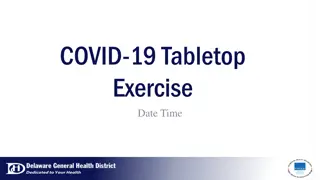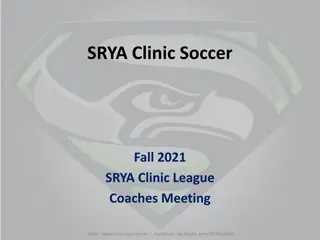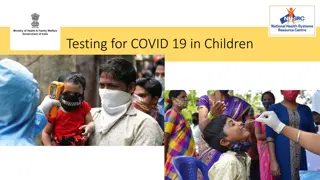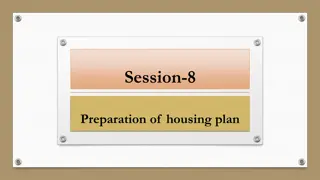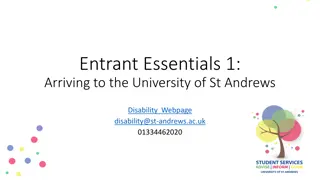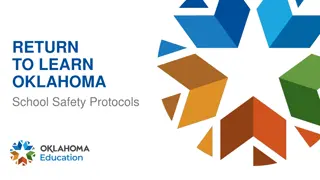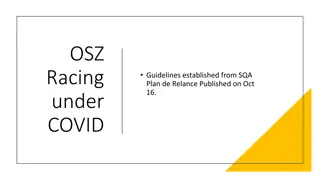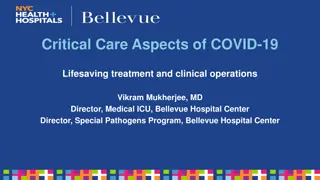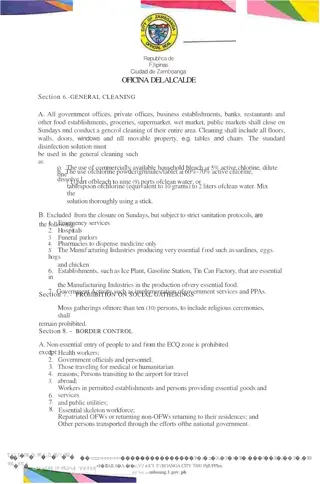Understanding Quarantine and Isolation Protocols for COVID-19
Quarantine and isolation are essential measures to prevent the spread of COVID-19. Learn the difference between the two, who needs to quarantine, and how to effectively quarantine or isolate. These protocols help safeguard public health by limiting the transmission of the virus.
Download Presentation

Please find below an Image/Link to download the presentation.
The content on the website is provided AS IS for your information and personal use only. It may not be sold, licensed, or shared on other websites without obtaining consent from the author. Download presentation by click this link. If you encounter any issues during the download, it is possible that the publisher has removed the file from their server.
E N D
Presentation Transcript
Quarantine and Isolation Are you ready if you need to?
Objectives When completed, you will be better able to: Identify the importance of isolation and quarantine Explain how to isolate and quarantine Describe how to prepare for isolation or quarantine
What do Quarantine and Isolation mean? Quarantine Unvaccinated people who have had close contact with someone who hasCOVID-19 need to stay home Isolation People who are infected with COVID-19 need to stay home
Why are these important? Quarantine and Isolation prevent the spread of COVID-19 COVID-19 spreads very easily People can spread COVID-19 before they know they are sick
Who needs to quarantine? You should quarantine if you are unvaccinated and have had close contact with someone who has COVID-19. What is close contact? You were within 6 feet of someone who has COVID-19 for a total of 15 minutes or more You provided care at home to someone who is sick with COVID-19 You had direct physical contact with the person (hugged or kissed them) You shared eating or drinking utensils They sneezed, coughed, or somehow got respiratory droplets on you
How do you quarantine? Stay home and monitor your health Stay home for 14 days after your last contact with a person who has COVID-19 Watch for fever (100.4 F), cough, shortness of breath, or other symptoms of COVID-19 If possible, stay away from others, especially people who are at higher risk for getting very sick from COVID-19 Wash your hands often Every day, clean surfaces that get touched a lot
How do you isolate? Stay home except to get medical care Monitor your symptoms: if you have an emergency warning sign (such as trouble breathing), seek emergency medical care immediately Stay in a separate room from other household members, if possible Use a separate bathroom, if possible Avoid contact with other members of the household and pets Don t share personal household items, like cups, towels, and utensils Wear a mask when around other people, if you are able to Wash your hands often Every day, clean surfaces that get touched a lot
How can I be ready? Household checklist Food (canned, rice, cereal, baby food, pet food) Water Supplies (toilet paper, paper towels, etc.) Cleaning supplies Face masks Medicine Identify help outside the home/resources Source: https://www.ready.gov/kit
Know your situation Your home may need extra planning if it has: Elderly people People with disabilities or medical needs Children People at high risk for COVID-19 in your household No help nearby
Plan ahead How would you handle it if someone in your home needed to isolate or quarantine? How would they stay apart from the rest of the family? How would you clean? What is important about your specific situation? How would you handle it if your entire household needed to isolate or quarantine? Do you have enough food and supplies etc.? Who outside your home could help?
Activity - Make a plan Make a list of essential items your household needs to be ready for isolation or quarantine Plan how to keep people apart from one another in your home If someone in your home needs extra care, plan how to provide what is needed Decide who outside your home could help
Acknowledgements The Midwest Consortium developed this course under cooperative agreement number U45 ES 06184 from the National Institute of Environmental Health Sciences for community members who may be impacted by COVID-19. Except as noted, images for this PowerPoint presentation have been adapted from NIEHS COVID-19 Training Tools: https://tools.niehs.nih.gov/wetp/covid19worker/index.cfm
Resources CDC https://www.cdc.gov/coronavirus/2019-nCoV/index.html NIEHS https://tools.niehs.nih.gov/wetp/public/hasl_get_blob.cfm?ID=11923
